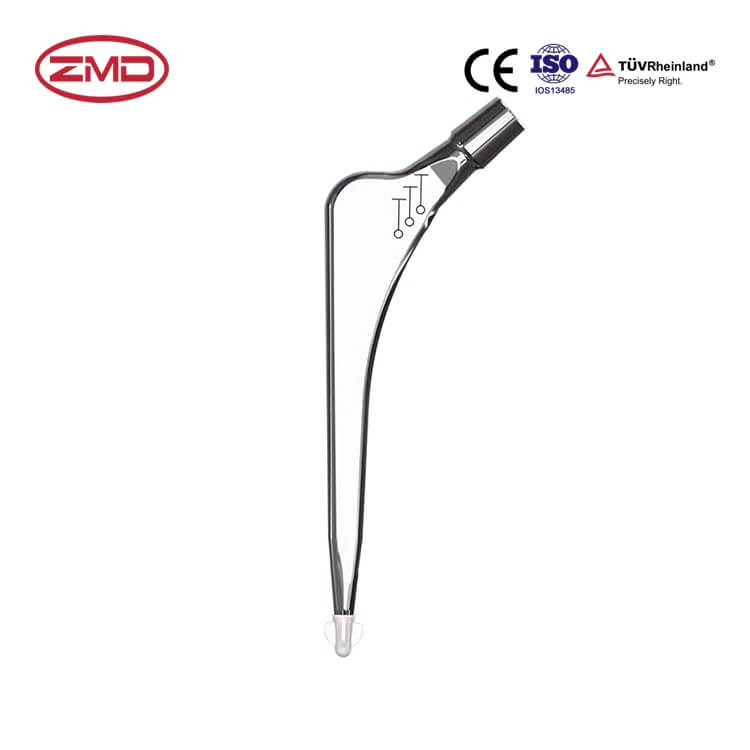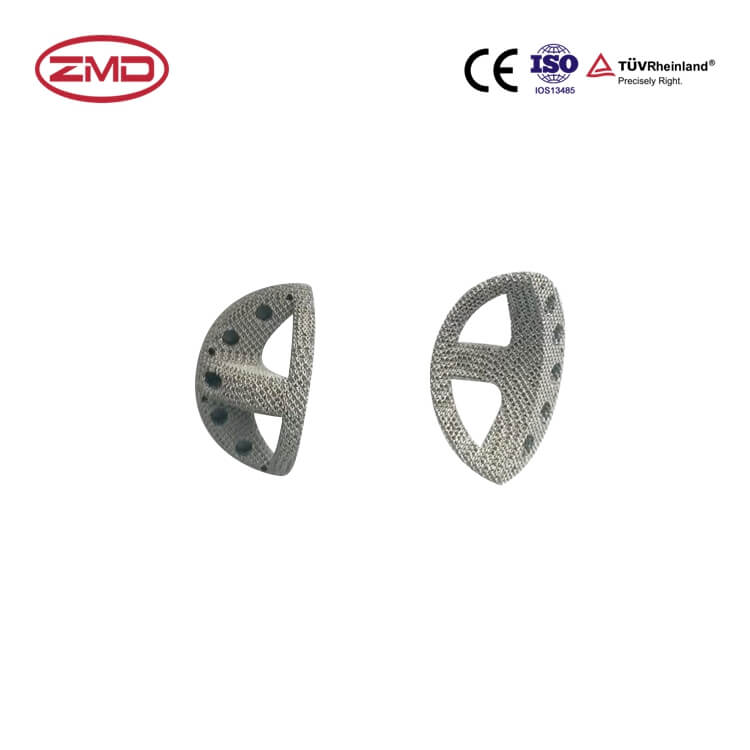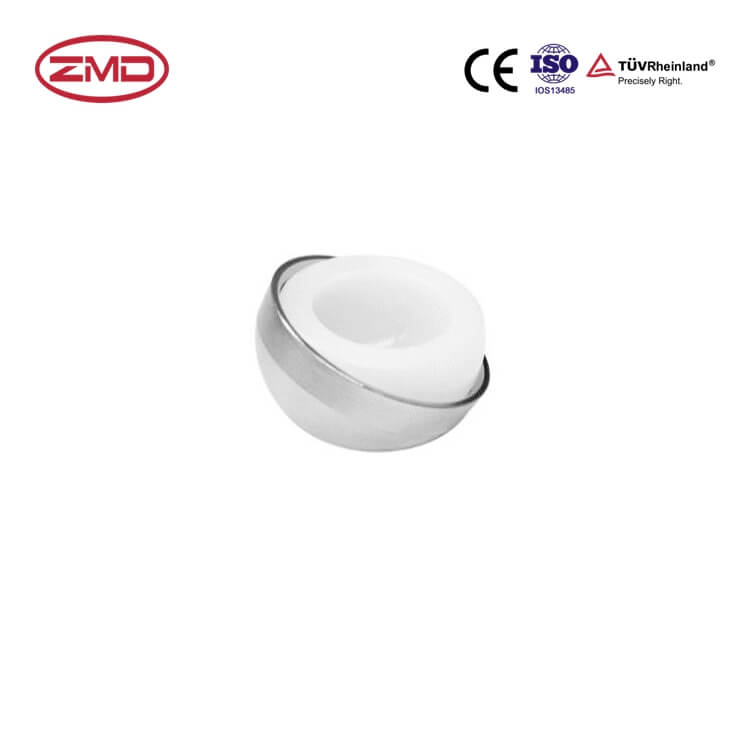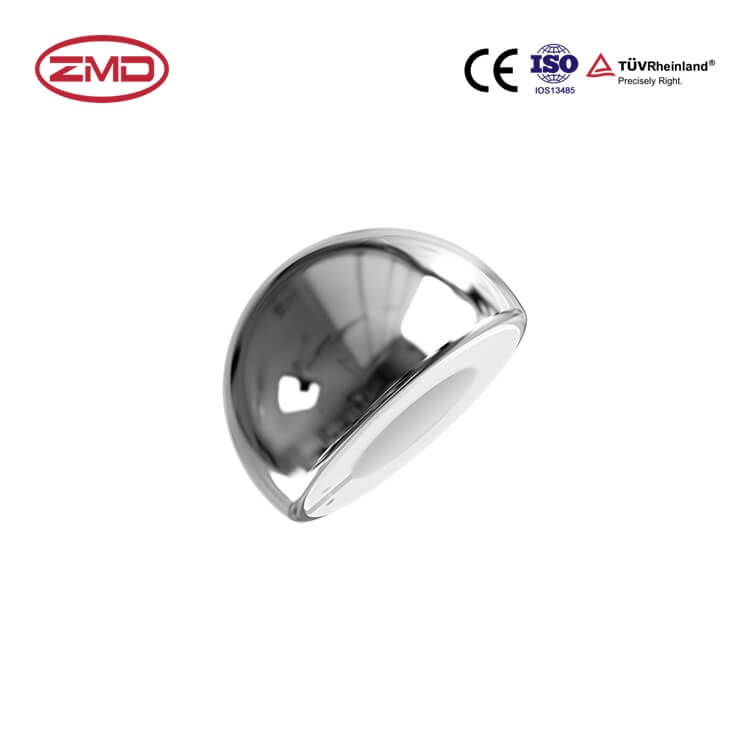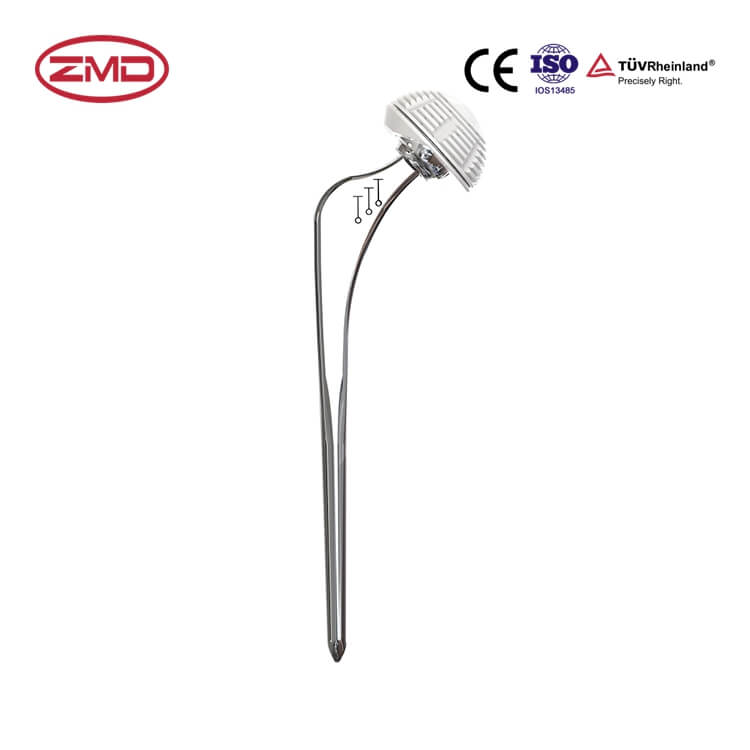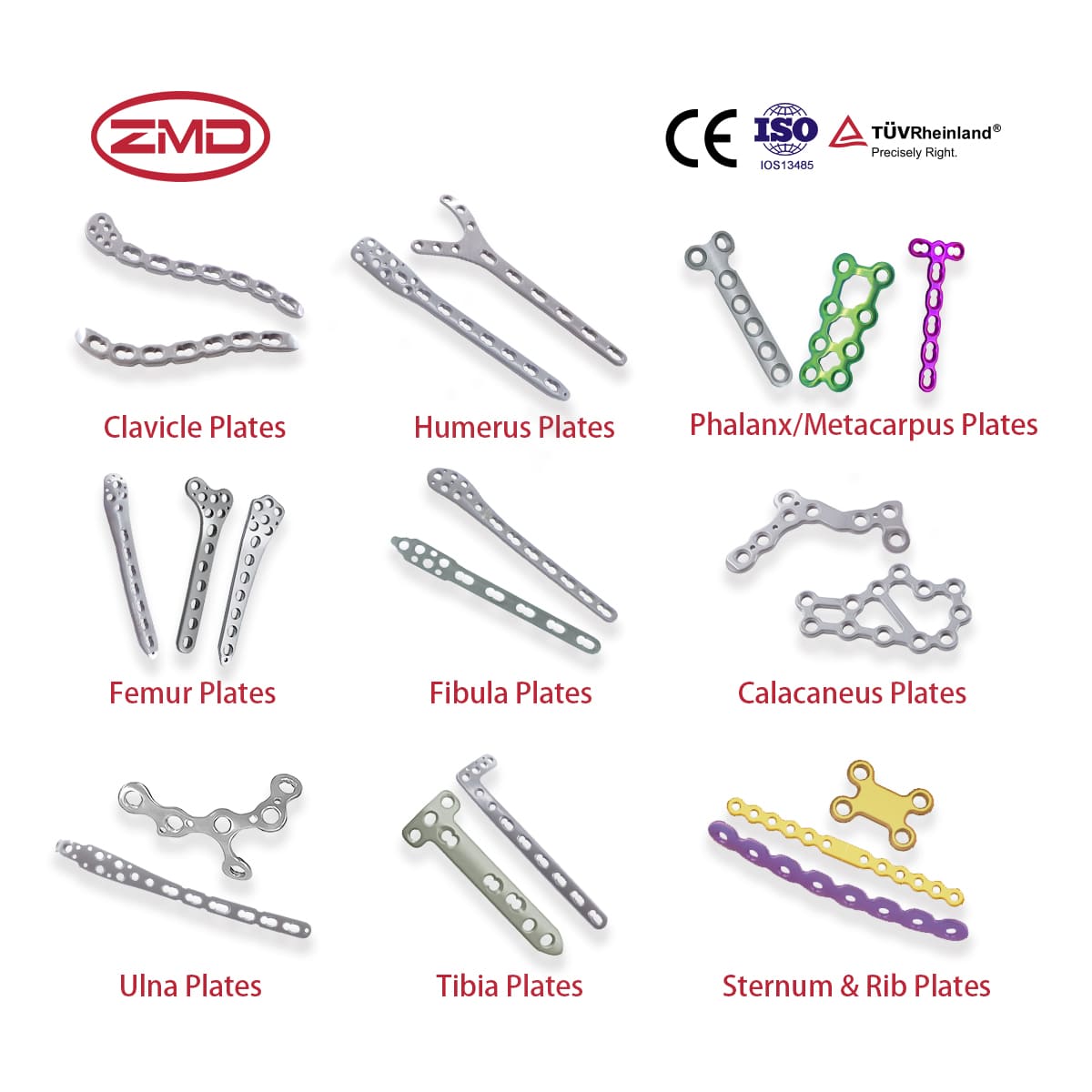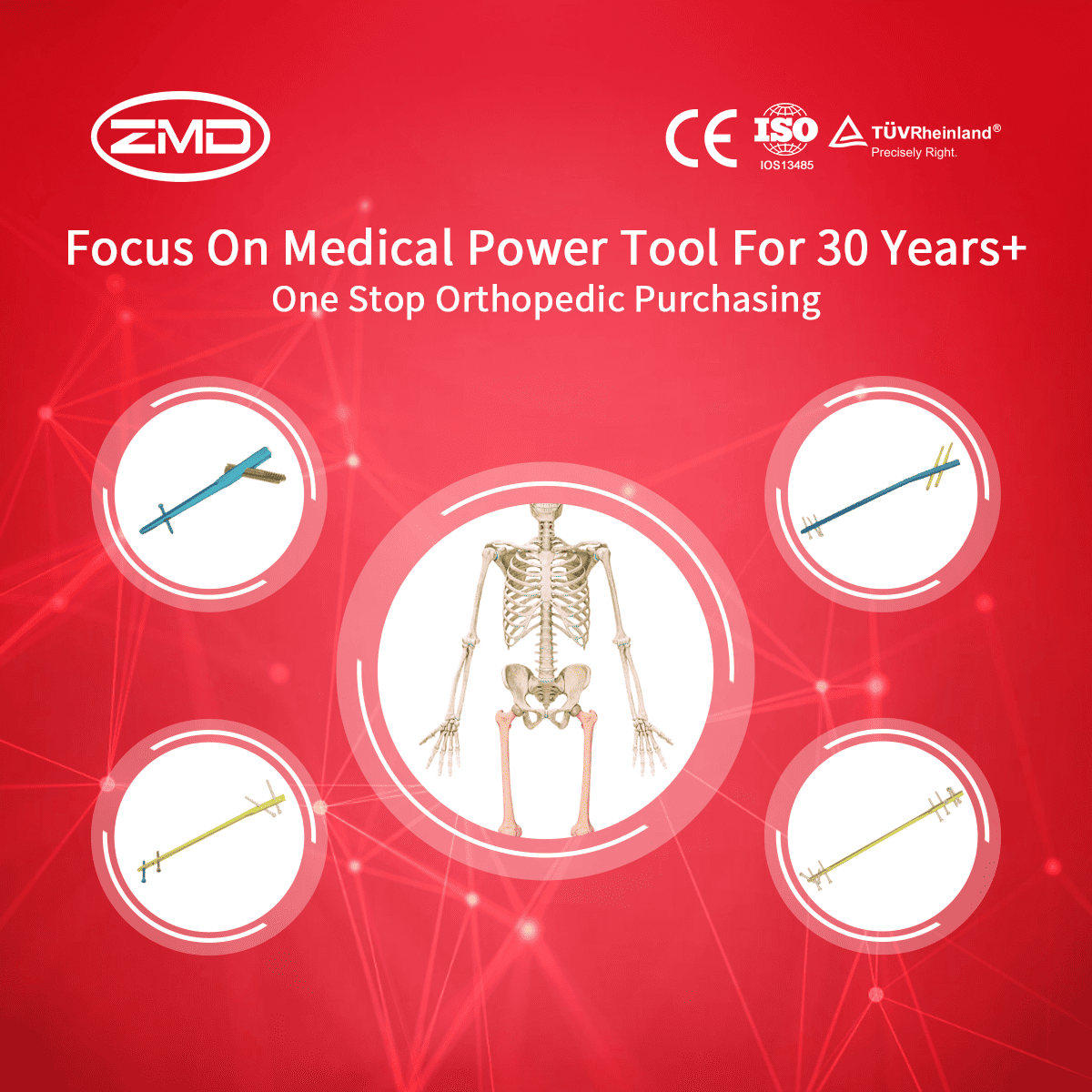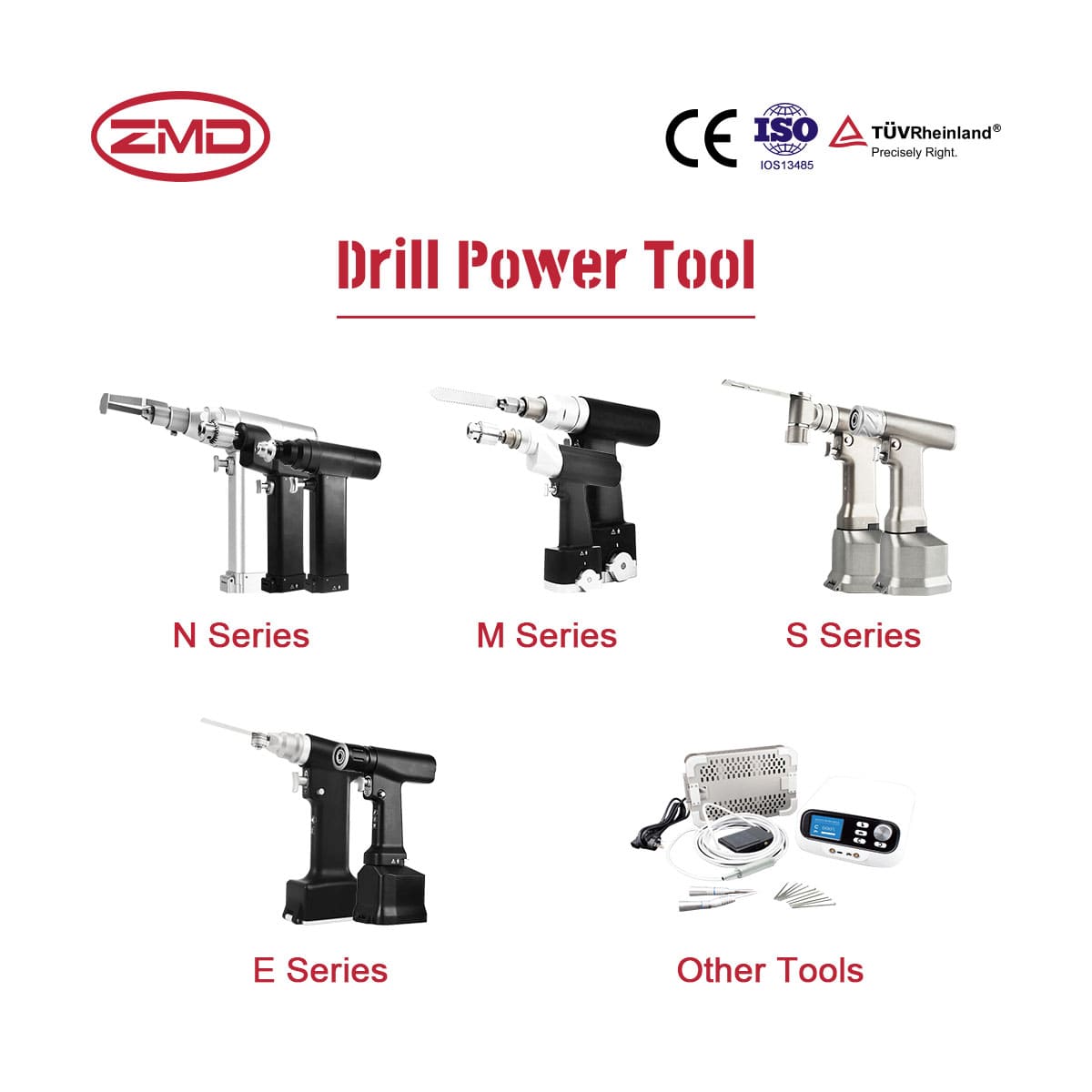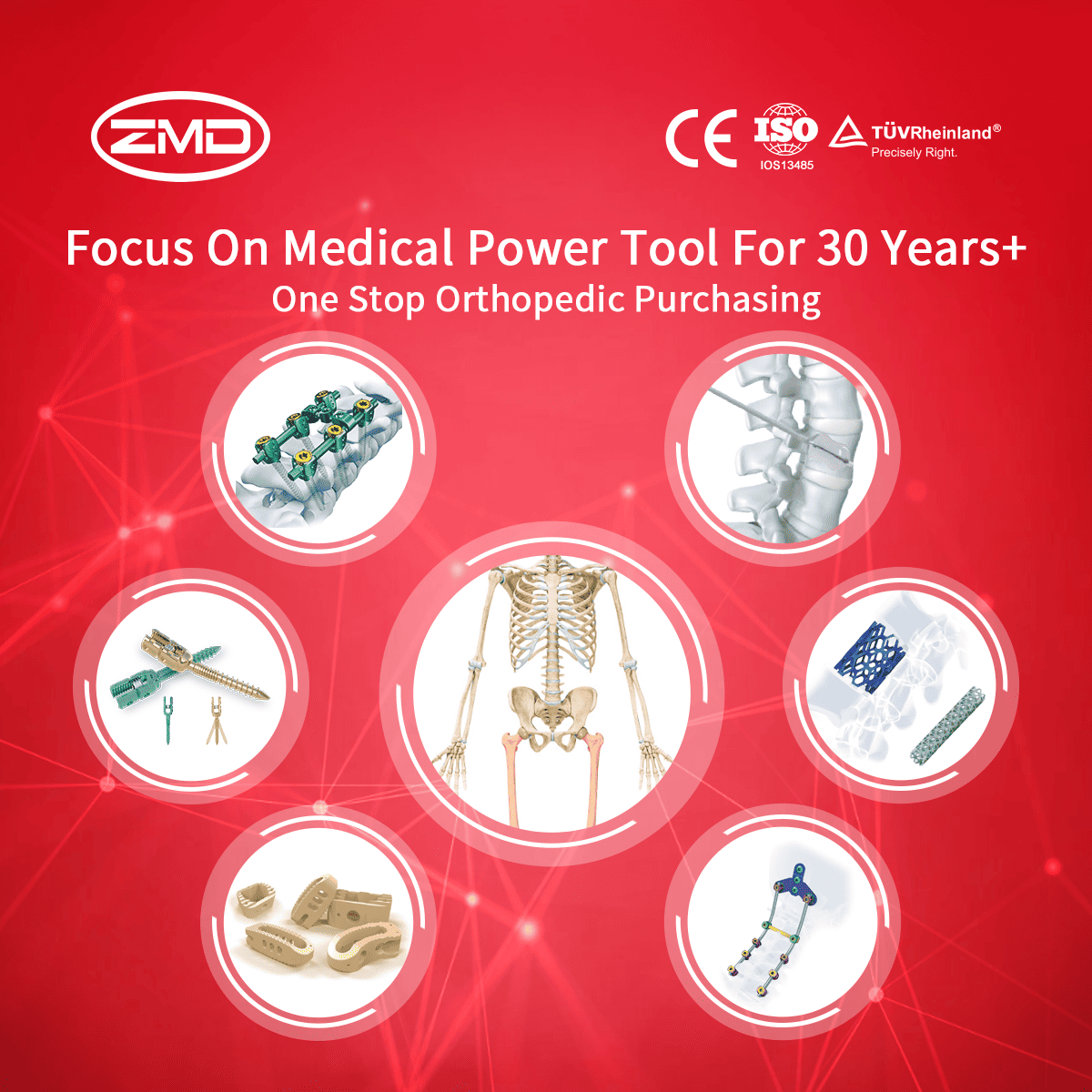Hip System
ZMD
Orthopedic Products
Haven't been able to locate the product you're searching for yet?
If you're interested in more orthopaedic implant products, feel free to get in touch with our ZMD consultants.
What are Hip Systems?
The femoral component is a crucial part of the hip system. It typically consists of a femoral stem and a femoral head. The femoral stem is inserted into the femur (thighbone). It is usually made of materials like titanium or cobalt-chromium alloys due to their strength and biocompatibility. The stem’s shape and surface texture are designed to promote osseointegration, which is the process by which the bone grows around the implant, ensuring a stable fixation. For example, a roughened surface on the stem can encourage the attachment of new bone cells. The femoral head, which articulates with the acetabular component, can be made of materials such as ceramic or metal. Ceramic femoral heads are popular for their excellent wear resistance, reducing the long-term wear and tear on the joint

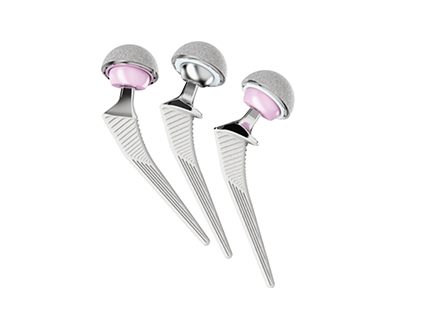
When Are Hip Systems Needed?
Severe osteoarthritis is a common reason for considering hip replacement. In this condition, the cartilage that cushions the joint gradually wears away, leading to bone – on – bone contact. This causes intense pain, especially during weight – bearing activities such as walking or standing. The joint also becomes stiff, reducing the range of motion. For example, a patient may find it increasingly difficult to get in and out of a chair or climb stairs. Rheumatoid arthritis, an autoimmune disorder, can also severely damage the hip joint. The immune system attacks the joint lining, causing inflammation, pain, and deformity over time. Traumatic injuries like fractures or dislocations that result in significant damage to the hip joint’s structure and function may also necessitate a hip replacement system
Primary Indications for Hip Replacement
Advanced Osteoarthritis
Rheumatoid Arthritis
Avascular Necrosis
Post-traumatic Arthritis
Congenital Hip Dysplasia
Blog
International Women’s Day: Salute to the “She – Power” at ZMD
International Women’s Day: Salute to the “She – Power” at ZMD Amid the trends of “Intelligent Medical Devices” and “Minimally Invasive Medical Technologies”, ZMD thrives
Discover Innovation with Sunan Medical at AAOS
Discover Innovation with Sunan Medical at AAOS The American Academy of Orthopaedic Surgeons (AAOS) Annual Meeting is the premier event for orthopedic professionals worldwide, offering
Visit Us at Expomed Eurasia 2025: Discover Sunan Medical’s Innovations
Visit Us at Expomed Eurasia 2025: Discover Sunan Medical’s Innovations The 32nd Expomed Eurasia, taking place from April 24-26, 2025, at the Tüyap Exhibition and


